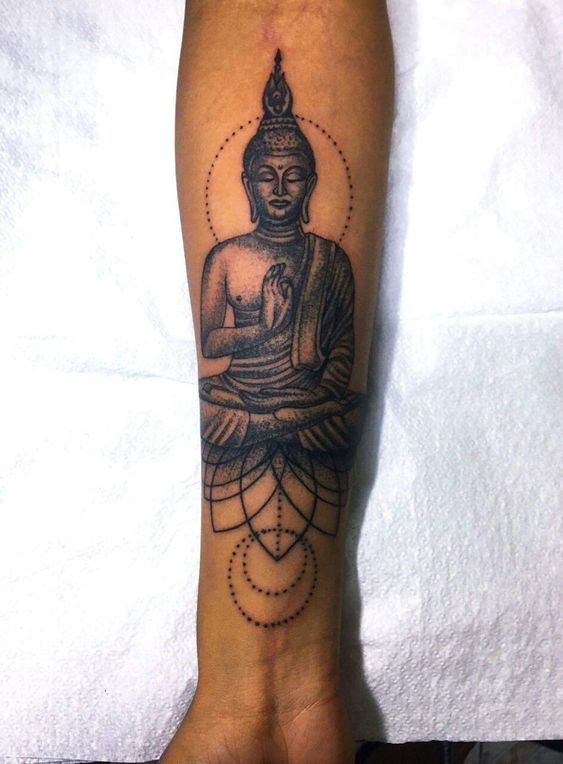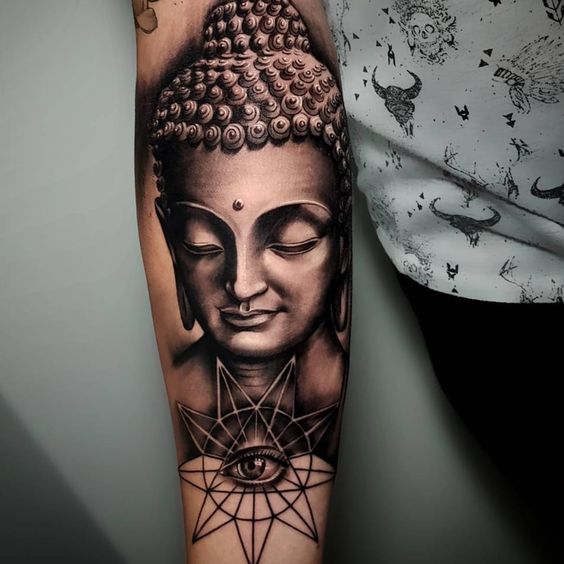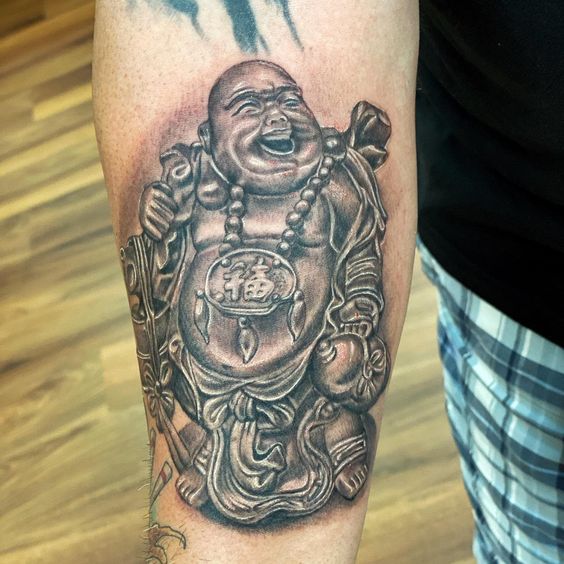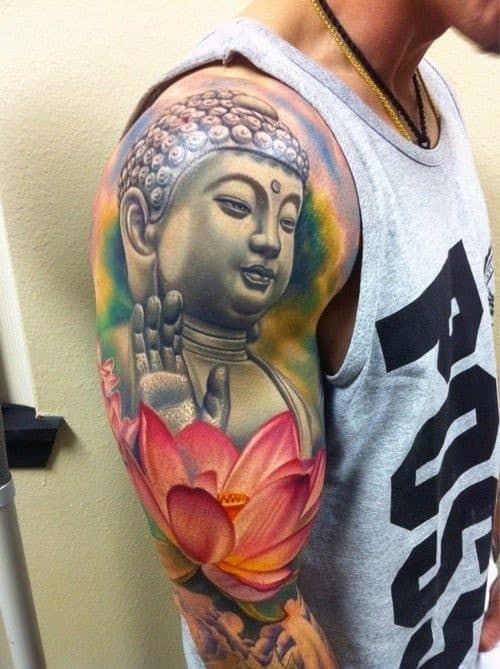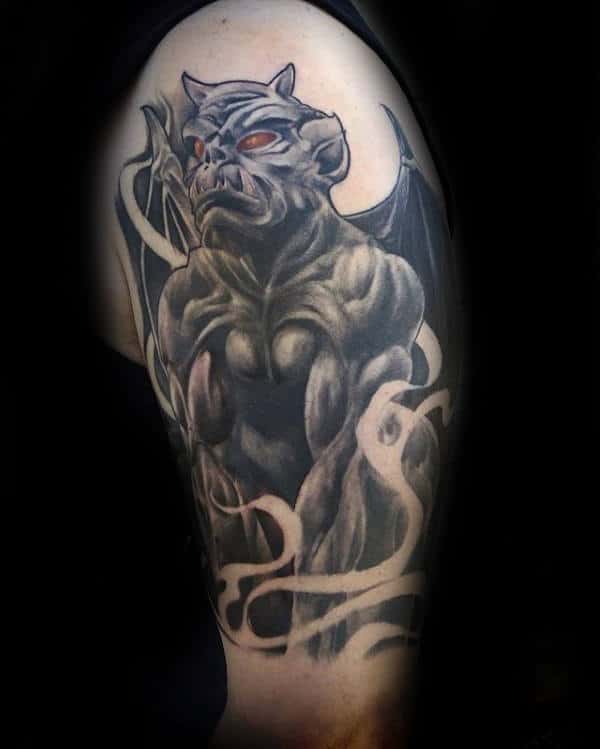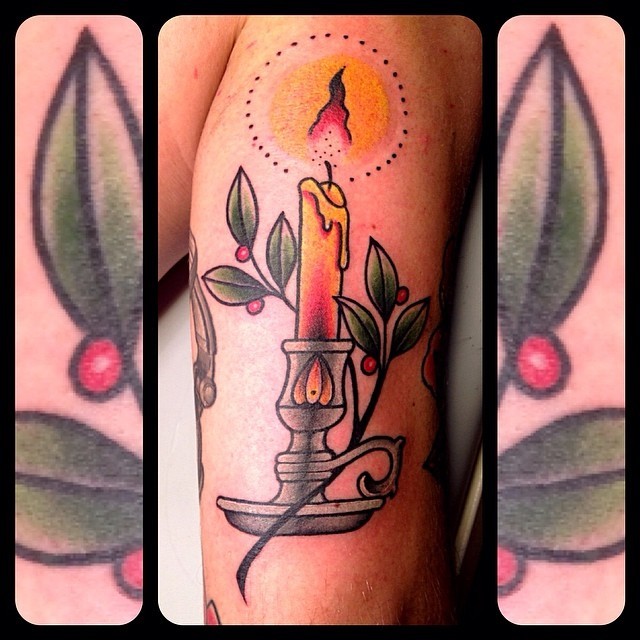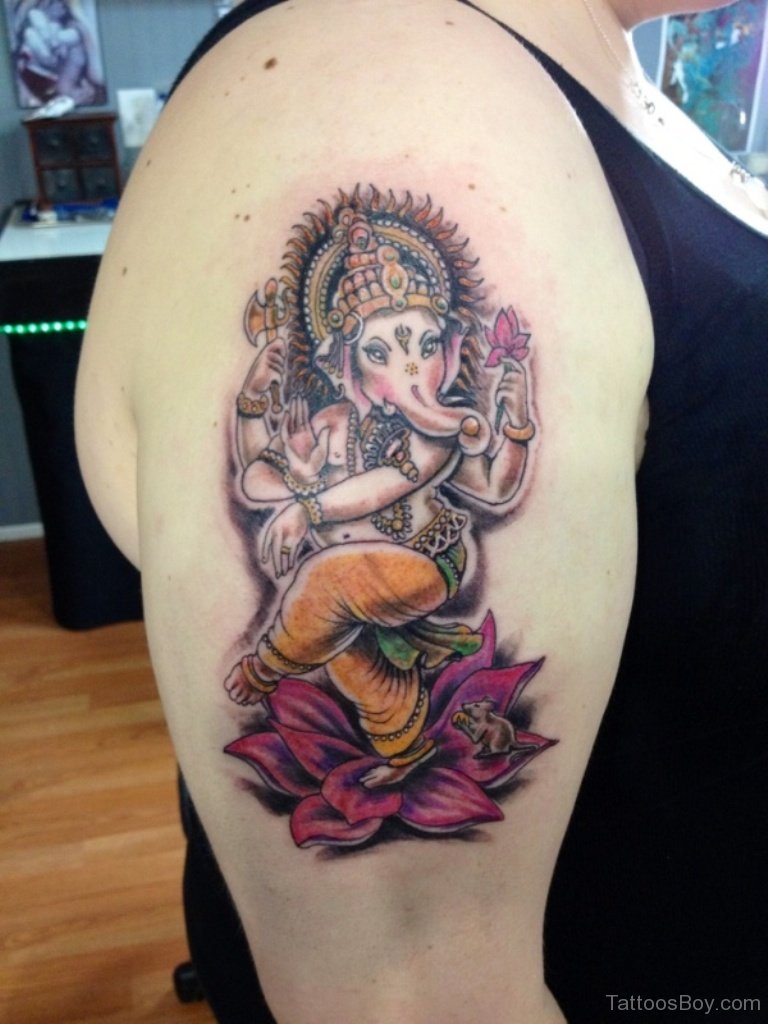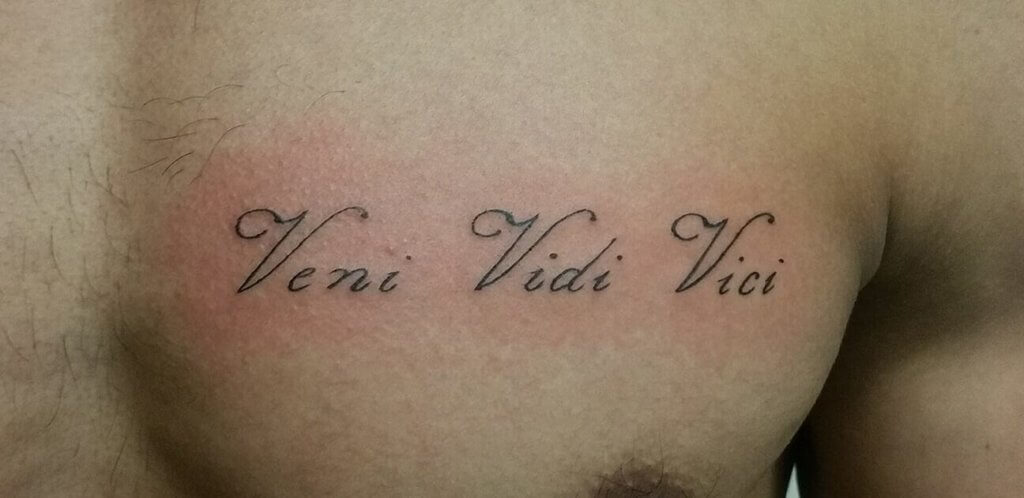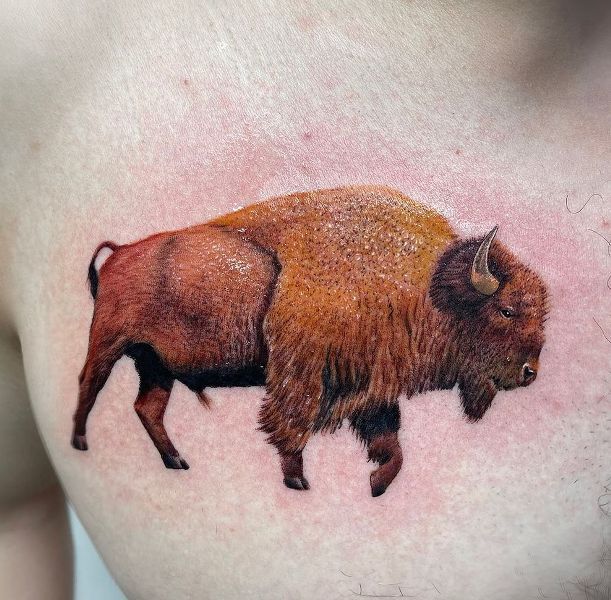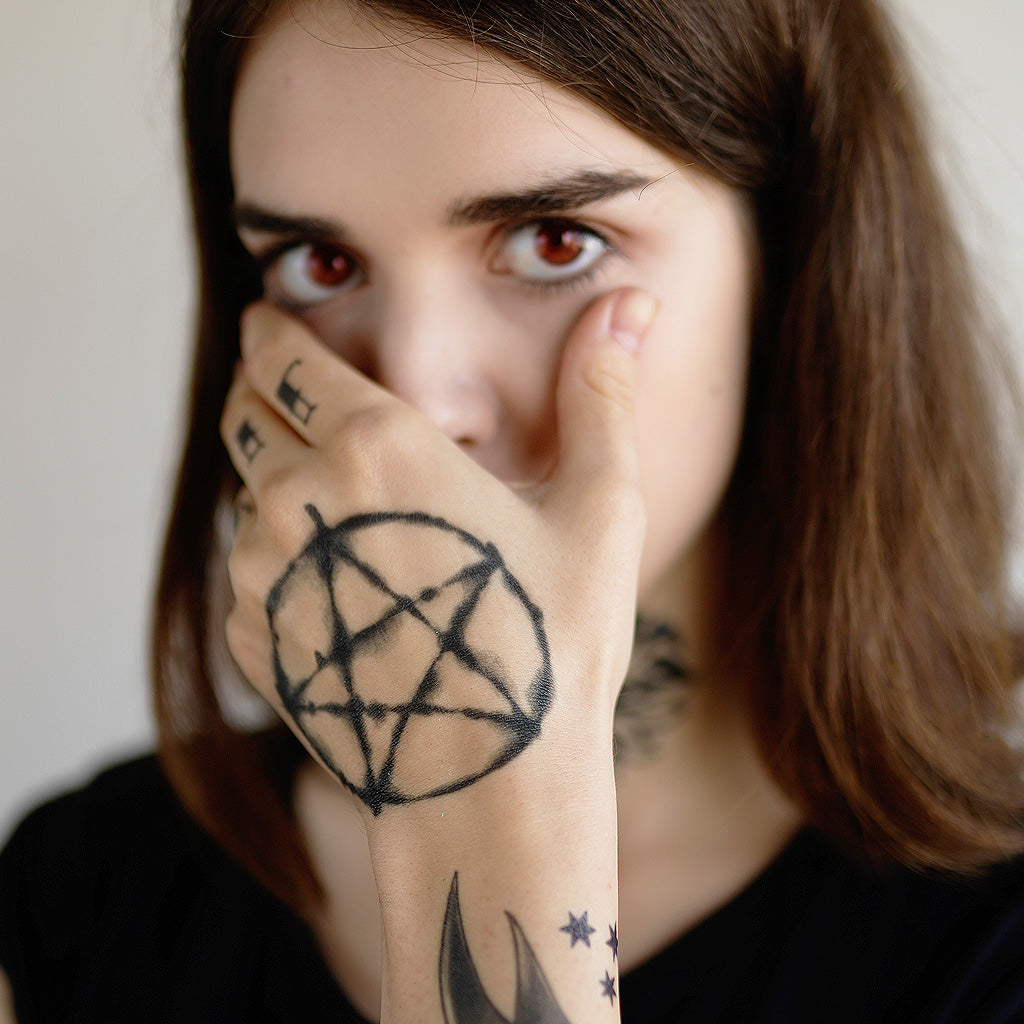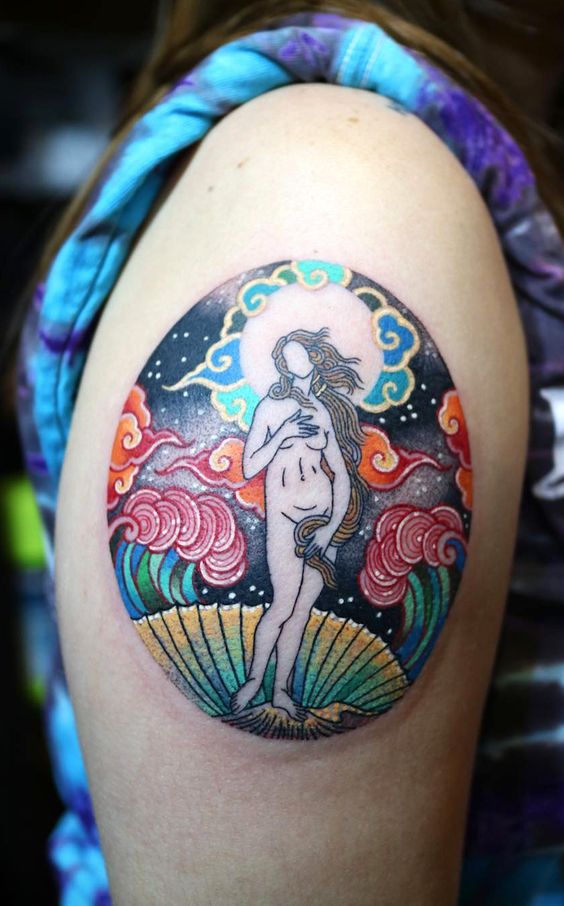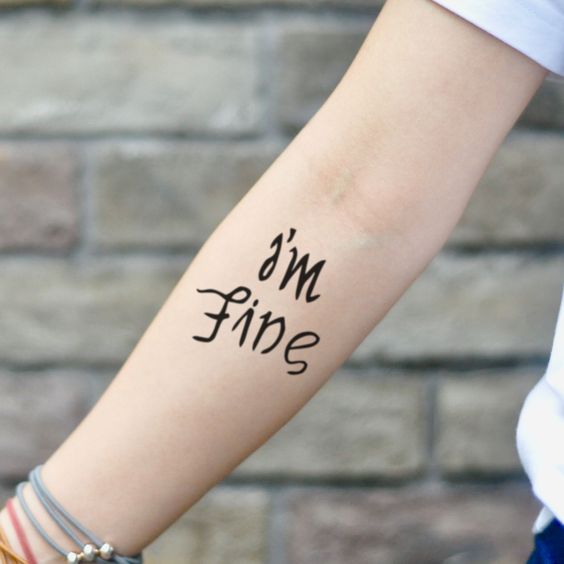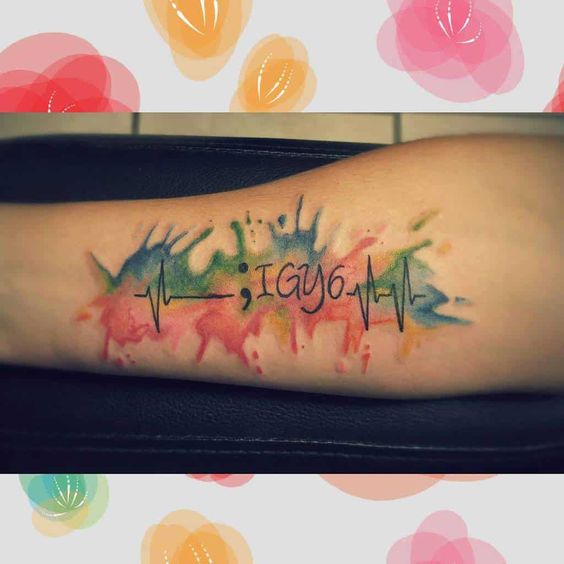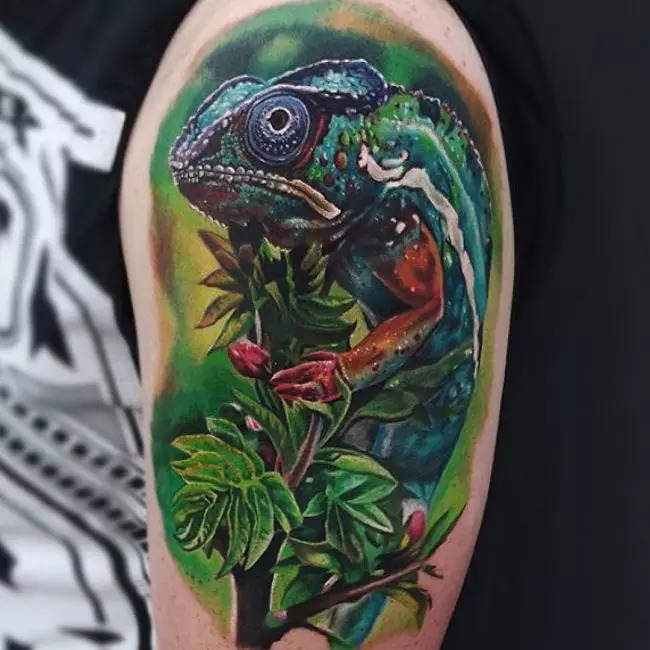Buddhism is a philosophy of life with several billion followers all over the planet. Therefore, it is not surprising that many have Buddha tattoos, at the same time, understand and accept Buddhism as a religion and a life concept. The basis of Buddhism is the belief in reincarnation and karma.
Meaning of the tattoo
To understand the meaning of the tattoo, you need to turn to the origin, specifically where the most important figure of Buddhism came from.
Buddhism refers to a philosophy of life that was just created by a person who existed in real life. His name is Siddhartha Gautama. Buddha was born in 563 BC. He had royal blood, and his father always tried to show his child the best of the world. So that in the world, there are no wars or diseases and people do not grow old and die. But what was the disappointment of the young prince when he went out into the street and saw the whole real world? So he decided to renounce wealth and set out on a pilgrimage. But this did not bear fruit, and then Gautama began to seek enlightenment within himself and in prayer.
- For some, a Buddha tattoo is a purification of the soul from dirt and sins, a rejection of material wealth in the name of spiritual values.
- The image of Buddha’s head means wisdom and enlightenment.
- A sitting and meditating Buddha tattoo is a contemplation of the world, an acceptance of the world as it is, and a blessing.
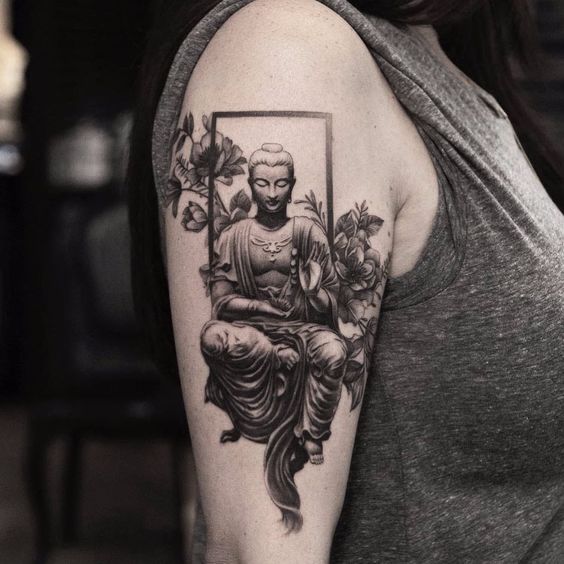
- The Laughing Buddha is a philosophical acceptance of reality.
- A Buddha tattoo with a lotus flower symbolizes purity and clear thoughts about bringing good to this world.
Conclusion
Buddha tattoo is considered universal. Both men and women can use it. People far from the Buddhist religion can put a picture on any part of their body that suits them. But when you come to a country where Buddhism is the predominant religion, people may find a tattoo done in the wrong place offensive. This applies to those tattoos where the image is applied below the waist. On the side, on the leg, on the ankle.
